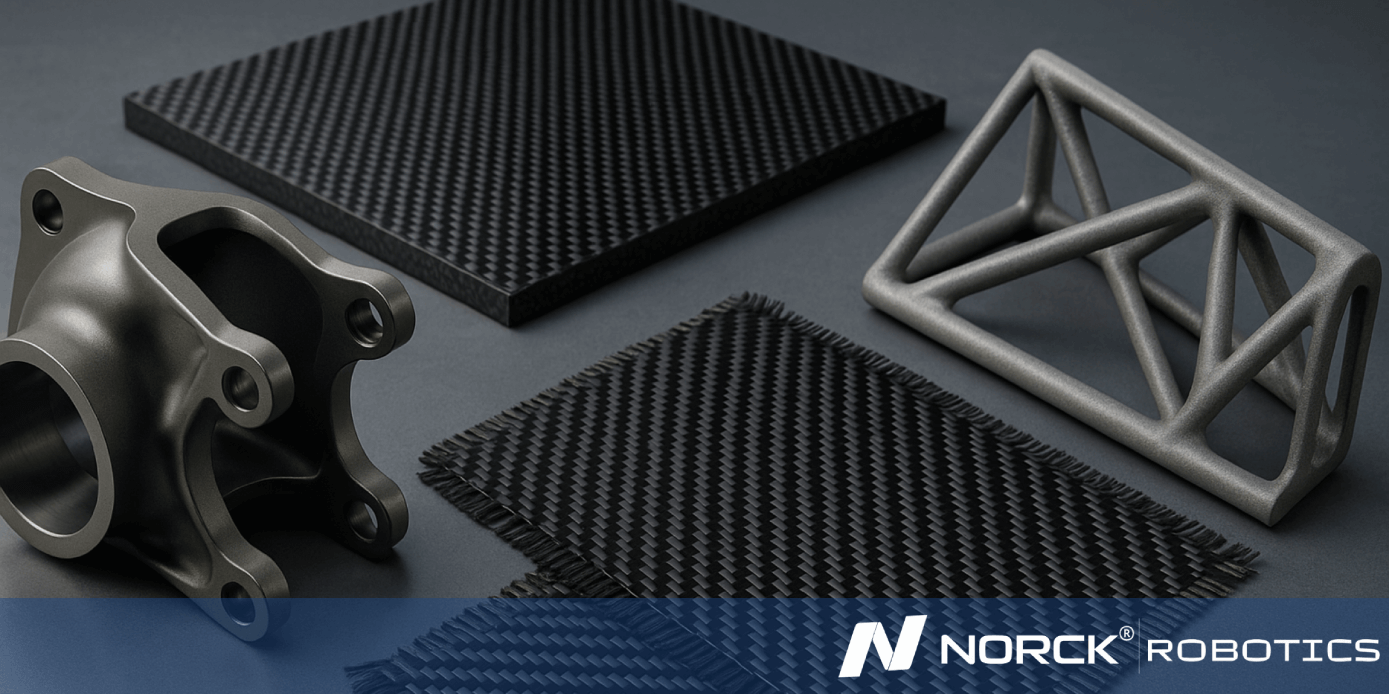
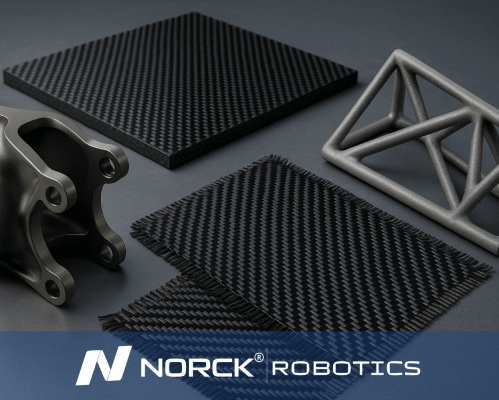
Ready to automate your future? Get a quote from Norck Robotics now!
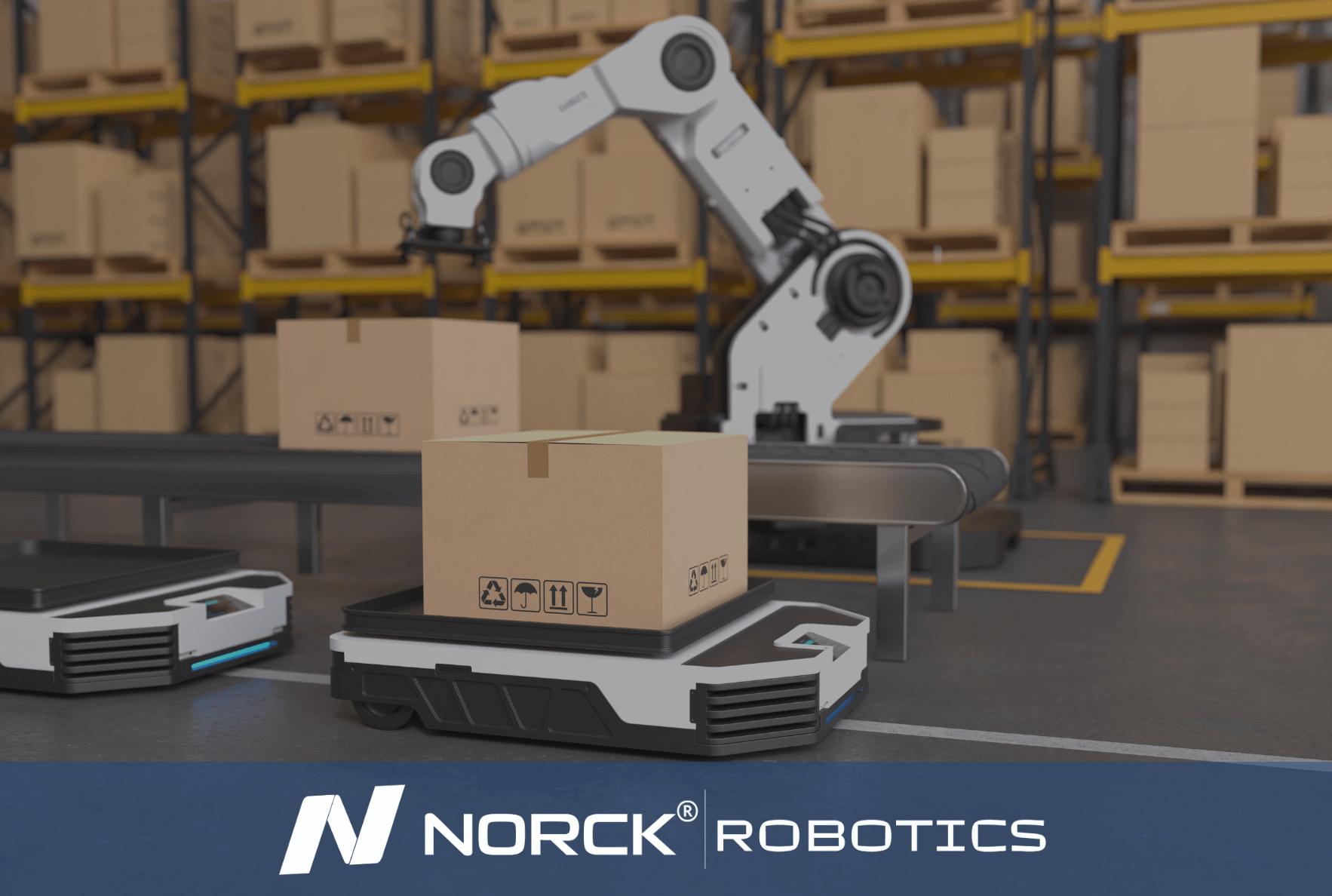
Norck Robotics specializes in providing unique robotic automation and engineering solutions designed to meet the specific operational needs of each client. Our expertise covers a wide range of industries and applications.
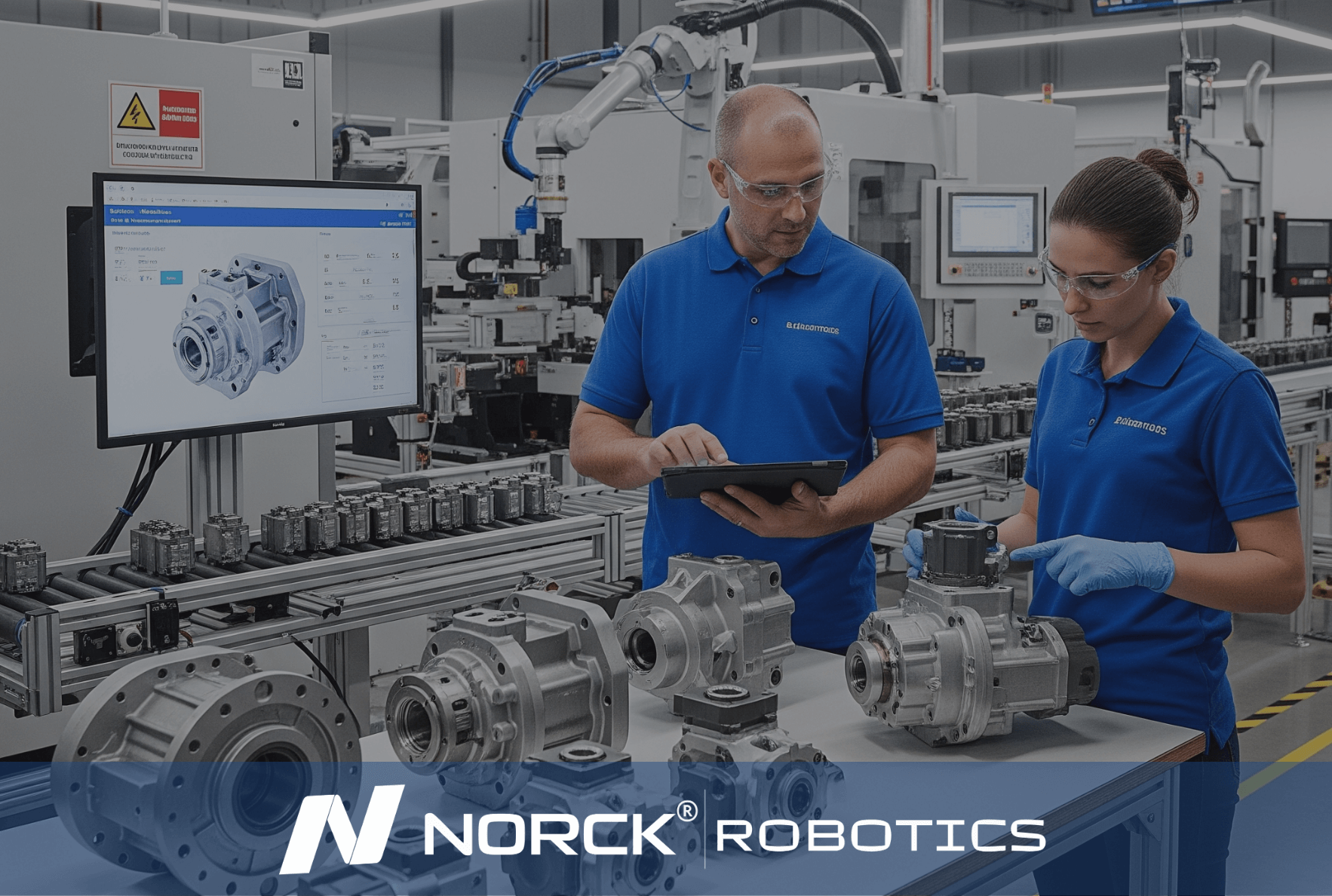
Norck Robotics delivers turnkey robotic automation and engineering solutions tailored to your specific needs across various industries.

Whether you need a single robotic cell prototype or full-scale factory automation, Norck Robotics engineers are ready to collaborate with you to bring your concept to life.

Norck Robotics engineers analyze your existing processes to provide feedback that enhances efficiency, cost-effectiveness, and productivity for robotic integration.
Weight minimization is crucial in an Aerospace & Defense application because it is directly related to performance, fuel efficiency, payload capacity, and the accident success of a mission. The more pounds that an aircraft, spacecraft, or defense system must deploy, the more it loses out on speed, range, and maneuverability.
Due to this, light-weight/high-strength materials and structures have, therefore, become highly sought priorities in engineering and manufacturing throughout industries.Airplane weight reduction serves the purpose of increasing fuel economy and decreasing greenhouse gas emissions, which in turn support sustainability policies.
In defense, weight-reduction measures facilitate mobility and enhance protection systems, compared to weapons and advanced electronics without the distraction of high weight.
Structures also gain endurance through weight reductions, which means that they can conduct longer-general-purpose operations and wider general-purpose operations.
Advanced lightweight/high-strength materials & structures offer a higher strength-to-weight ratio than carbon composites, titanium alloy formations, and high-performance polymers, corrosion-resistant corrosion, and durability.
While good examples of these materials and structures allow engineers to comply with stringent performance criteria but still minimize structural mass-which means they are core to innovation in modern Aerospace and Defense System.

In addition to its own expert engineering team, Norck Robotics provides access to a network of hundreds of top-tier system integrators, robot manufacturers, and component suppliers across the United States, Germany, and Europe.

Working with Norck Robotics reduces dependency on manual labor, increases production consistency, and secures your operations against unforeseen disruptions, quality issues, and fluctuations. This enhances your company's supply chain resilience.
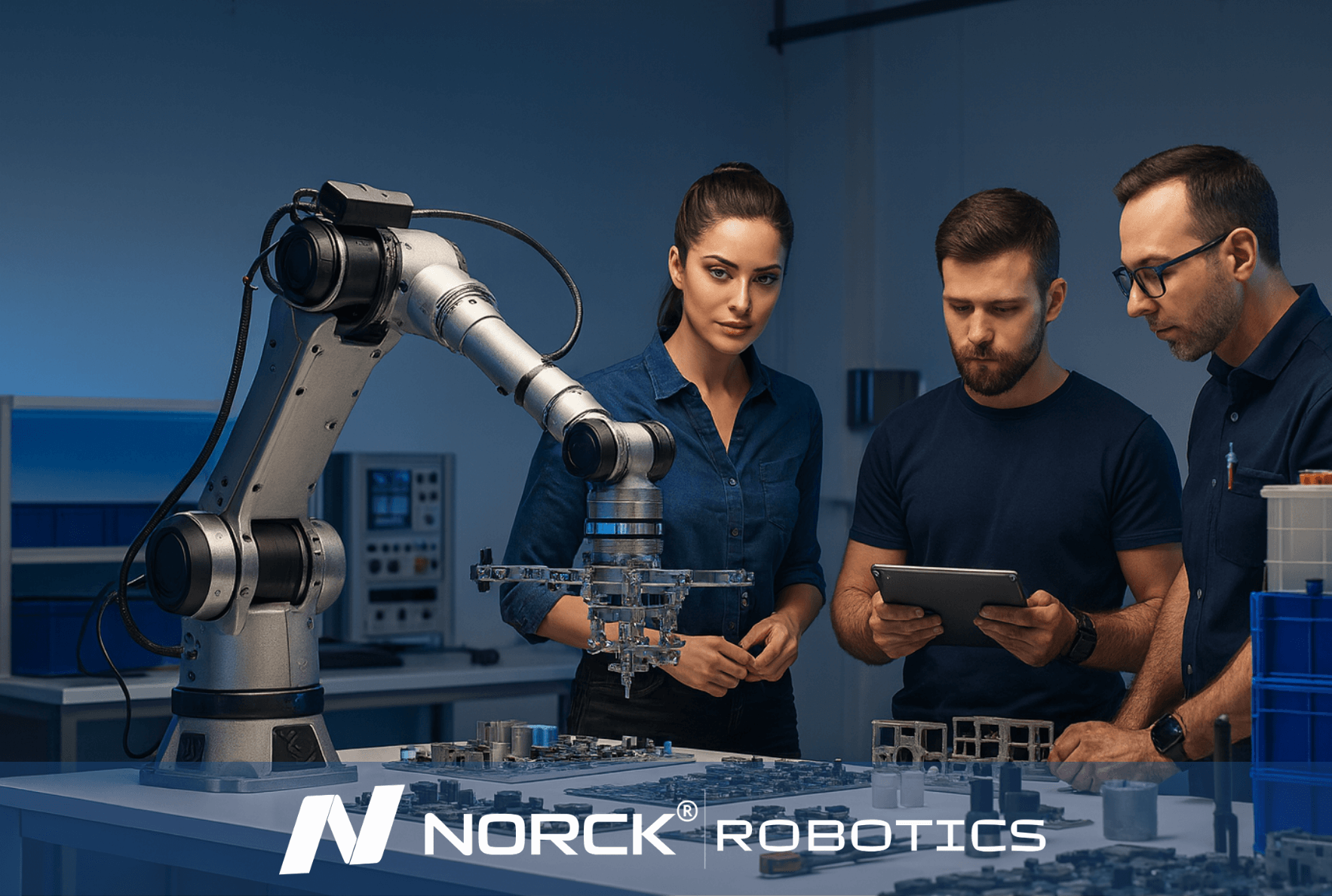
Norck Robotics advances digital automation by developing custom-designed robot grippers, advanced vision systems, and innovative simulation software. With an AI-driven, data-centric approach, it enables smarter system design, optimal performance, and predictive maintenance solutions.
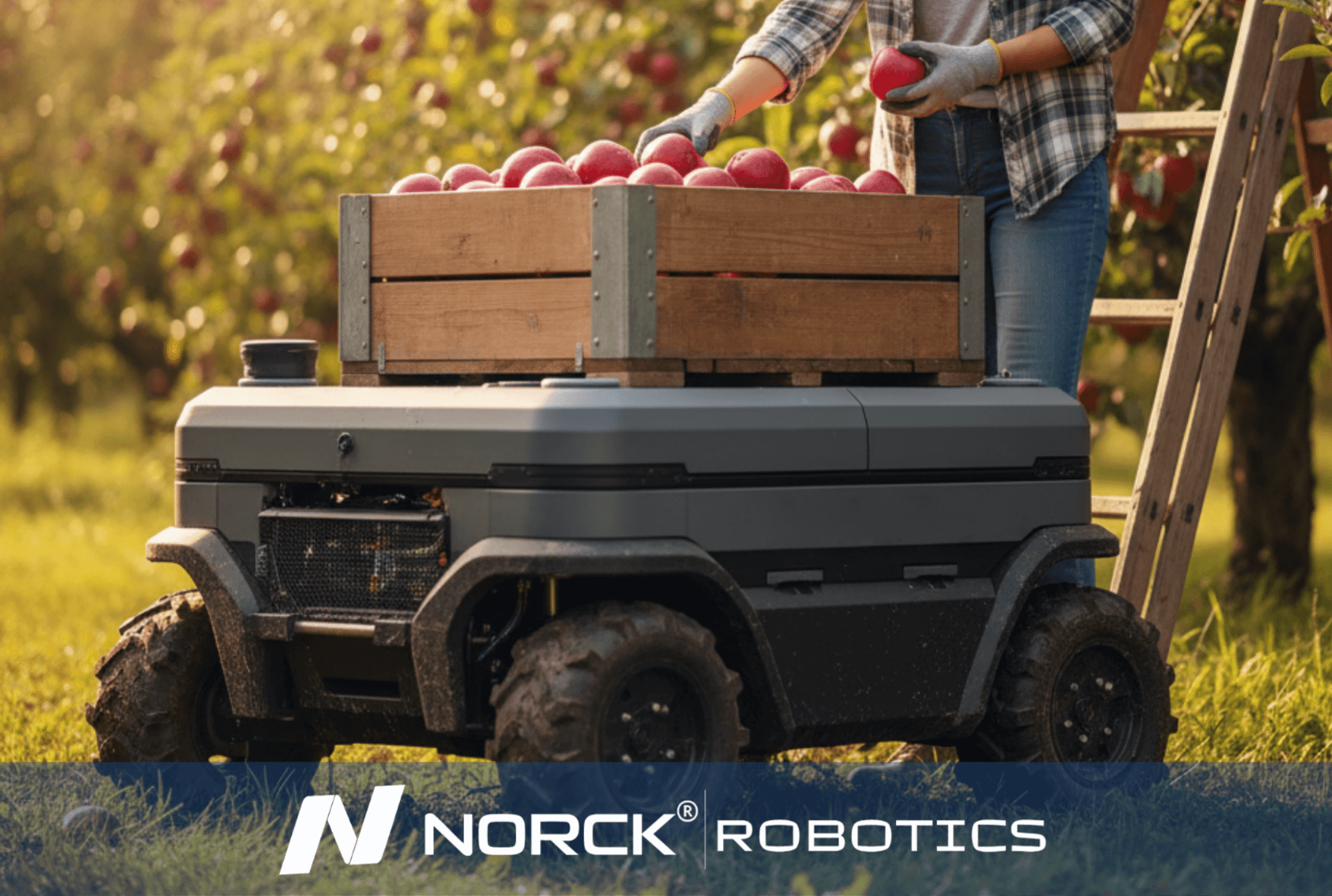
Norck Robotics encourages its partners to be carbon-neutral by reducing energy consumption and material waste through the efficiency of robotic automation, and prioritizes environmentally conscious suppliers.
Lightweight/high-strength materials & structures play an absolutely critical role in the design and functionality of structural components for aerospace and defense (A&D) robotics. Such materials- titanium alloys, carbon fiber composites, advanced aluminum alloys- are paramount in weight reduction of the overall system while maintaining the ideal strength and durability to come to terms with the task. Once minimized in weight, robotic systems thus consume less fuel, have greater maneuvering ability, and hold a greater payload, all of which prove to be essential in aerial or ground-based A&D applications.
The materials are generally used in structural components such as basic frameworks, joints, and load-bearing members that must stand against hard operating conditions without yielding or failure. These carbon fiber composites, for instance, impart mated stiffness and tensile strength to basically keep their mass down.
Titanium alloys are used in corrosive environments that also need strength, like armatures and actuator enclosures. In this way, these implementations contribute to ensuring that excellence in performance and resilience is non-negotiable for A&D robotics in critical missions.
The amalgamation of lightweight/high-strength materials & structures renders robotic platform designs more nimble, efficient, and robust. The requirement for advanced structural materials is bound to increase as robotic systems undergo further evolution, hence rendering their existence indispensable for the future of A&D robotics.